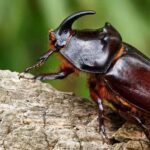The insect kingdom is vast and diverse, with millions of species that vary in size, shape, and function.
While many insects are diminutive, some have evolved to impressive sizes, especially when it comes to wingspan or body length.
In this article, we’ll explore ten of the largest flying insects, marvels of nature that never cease to fascinate.
| Rank | Insect Name | Size |
|---|---|---|
| 1 | White Witch Moth | Up to 12 inches (30 cm) |
| 2 | Atlas Moth | 10-12 inches (25-30 cm) |
| 3 | Queen Alexandra’s Birdwings | Up to 11 inches (28 cm) |
| 4 | Hercules Beetle | Up to 7 inches (18 cm) |
| 5 | Titan Beetle | Up to 6.5 inches (16.5 cm) |
| 6 | Tropidacris Grasshoppers | Up to 6 inches (15 cm) |
| 7 | Giant Water Bug | Up to 4.75 inches (12 cm) |
| 8 | Goliath Beetles | Up to 4.3 inches (11 cm) |
| 9 | Mydas Fly | Up to 2.8 inches (7 cm) |
| 10 | Tarantula Hawk | Up to 2 inches (5 cm) |
1. White Witch Moth
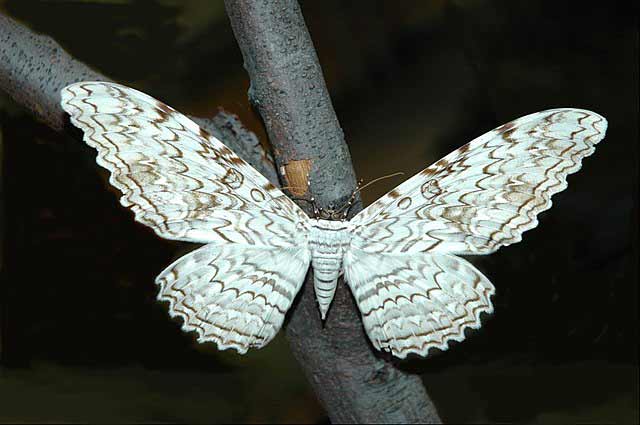
The White Witch Moth is a nocturnal beauty with a wingspan reaching up to 12 inches (30 cm).
Found throughout the Americas, its pale, ghostly coloration makes it a mysterious presence in the night.
2. Atlas Moth
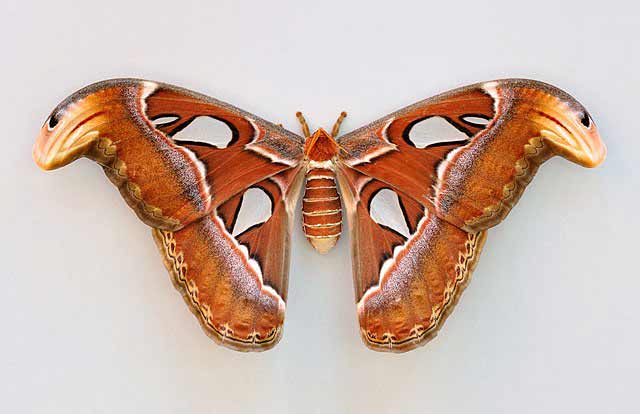
Native to Southeast Asia, the Atlas moth boasts a wingspan that can measure an impressive 10-12 inches (25-30 cm).
With intricate patterns resembling maps and vibrant colors, it’s a sight to behold in the tropical forests where it resides.
3. Queen Alexandra’s Birdwings
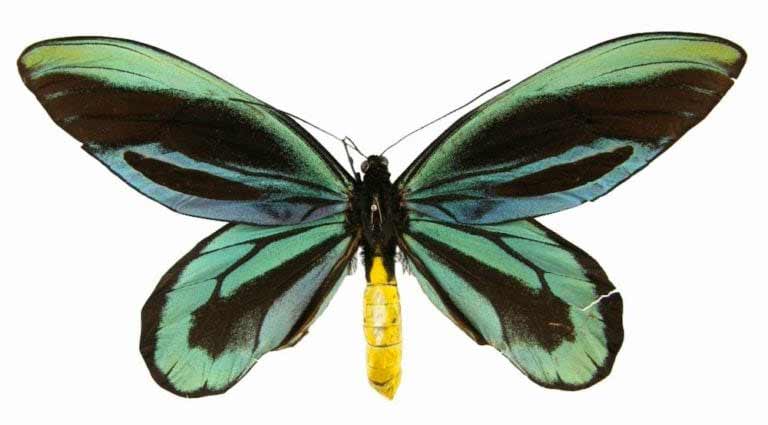
With a wingspan reaching up to 11 inches (28 cm), Queen Alexandra’s Birdwings are the epitome of grace and beauty in the butterfly world, found in Papua New Guinea.
4. Hercules Beetle

Native to Central and South America, the Hercules Beetle can grow up to 7 inches (18 cm) in length, including its horn.
Males are easily recognizable by their large horns, used in battles for mates.
5. Titan Beetles
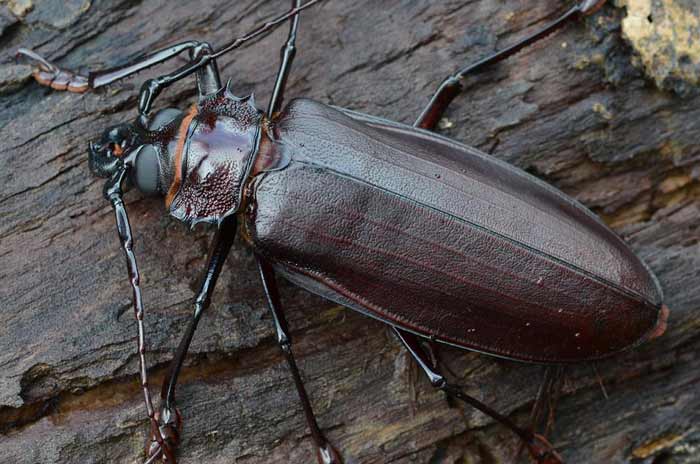
The formidable Titan beetle can grow up to 6.5 inches (16.5 cm) in length.
Inhabiting the rainforests of South America, this beetle is known for its sheer size and strength.
6. Tropidacris Grasshoppers
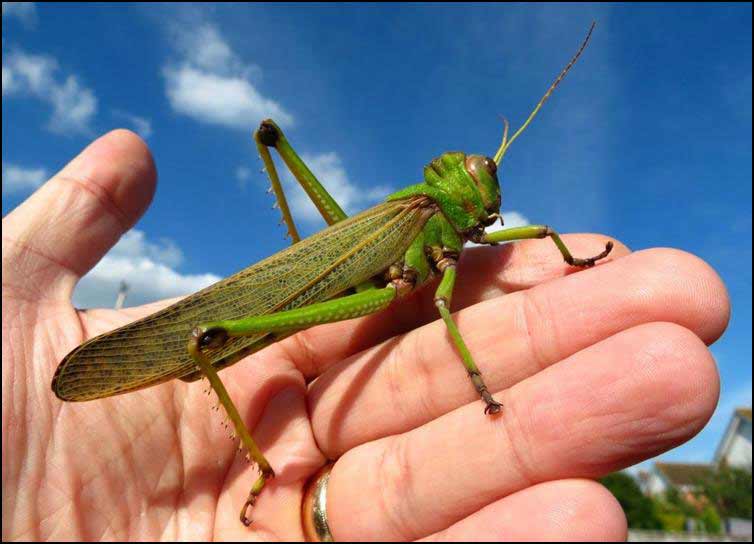
Among the largest grasshoppers, Tropidacris Grasshoppers can measure up to 6 inches (15 cm) in length.
They are known for their strong flying abilities and vibrant colors.
7. Giant Water Bug
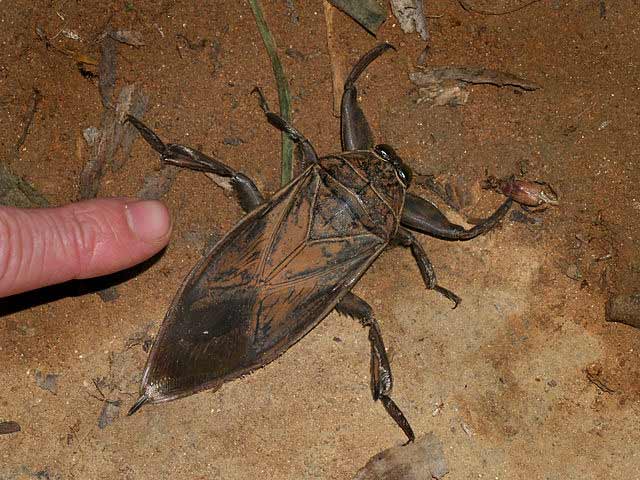
The aquatic Giant Water Bug can grow to lengths around 4.75 inches (12 cm).
Found in freshwater bodies worldwide, they are ambush predators with a strong bite.
8. Goliath Beetles

Among the heaviest insects on Earth, Goliath beetles can measure up to 4.3 inches (11 cm) in length.
Native to Africa’s tropical forests, they showcase a range of colors and patterns.
9. Mydas Fly
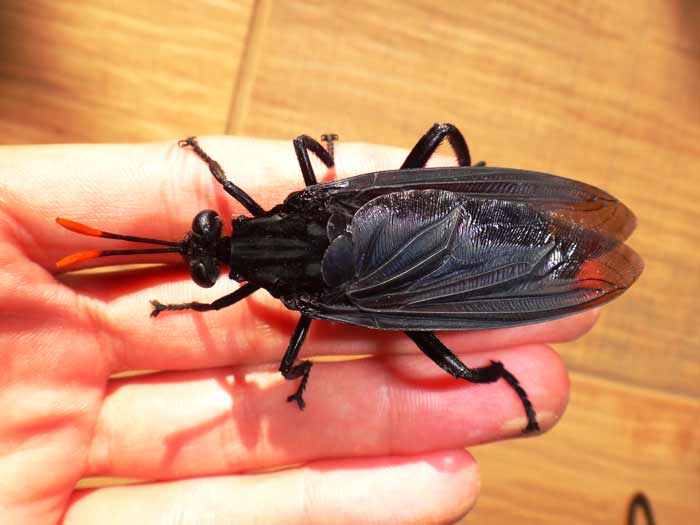
The Mydas Fly is an intriguing insect, with some species reaching a length of 2.8 inches (7 cm).
They often mimic the appearance of more dangerous insects to deter predators.
10. Tarantula Hawk
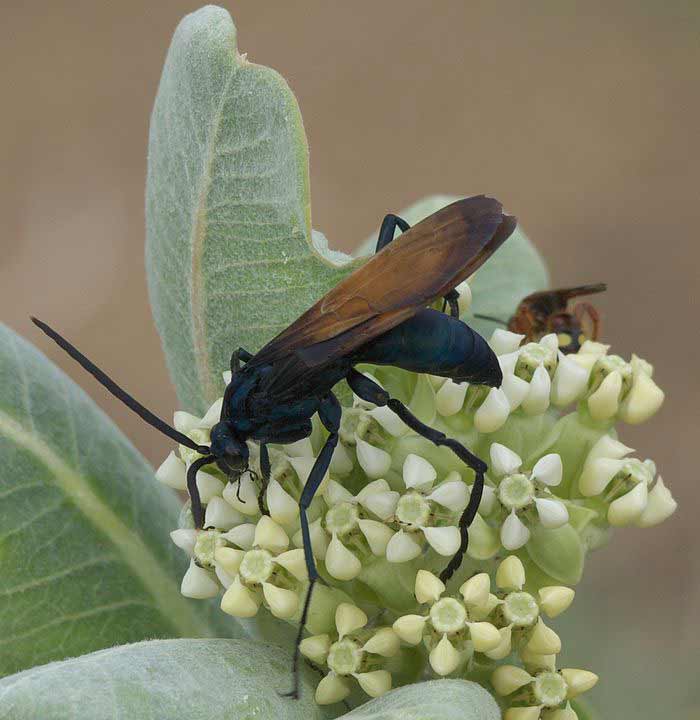
The vibrant Tarantula Hawk can have a wingspan of up to 2 inches (5 cm).
Found across various parts of the world, this wasp is known for its fearless hunting of tarantulas.
Conclusion
From the dense rainforests of South America to the freshwater bodies across continents, these flying giants showcase insects’ incredible diversity and adaptability.
Their impressive sizes, unique features, and behaviors make them subjects of fascination and study, reminding us of the wonders of the natural world.
FAQs
The White Witch Moth holds the record with a wingspan of up to 12 inches (30 cm).
No, most of these insects are harmless to humans. However, the Tarantula Hawk, for instance, has a painful sting but is not aggressive unless provoked.
Yes, Goliath Beetles are among the heaviest insects on Earth, with some specimens weighing up to 100 grams.
It’s named for its hunting behavior, where it hunts tarantulas to lay its eggs on them after paralyzing them with its sting.



